
Mattress Hygiene Cleaning Tips
Mattress hygiene cleaning tips are essential for maintaining a clean, comfortable, and allergy-free sleep environment while extending your bed’s lifespan.
Key Takeaways
- Regular cleaning improves sleep quality and health
- Mattress hygiene helps prevent allergens and odors
- Spot-cleaning stains and deodorizing extends mattress life
Why Mattress Hygiene Matters
Using mattress hygiene cleaning tips regularly ensures your sleep space remains fresh, allergen-free, and odorless. Dust mites, sweat, and dead skin cells accumulate in your mattress over time, making cleaning an essential health habit. For a deeper dive, check our comprehensive mattress care guide.
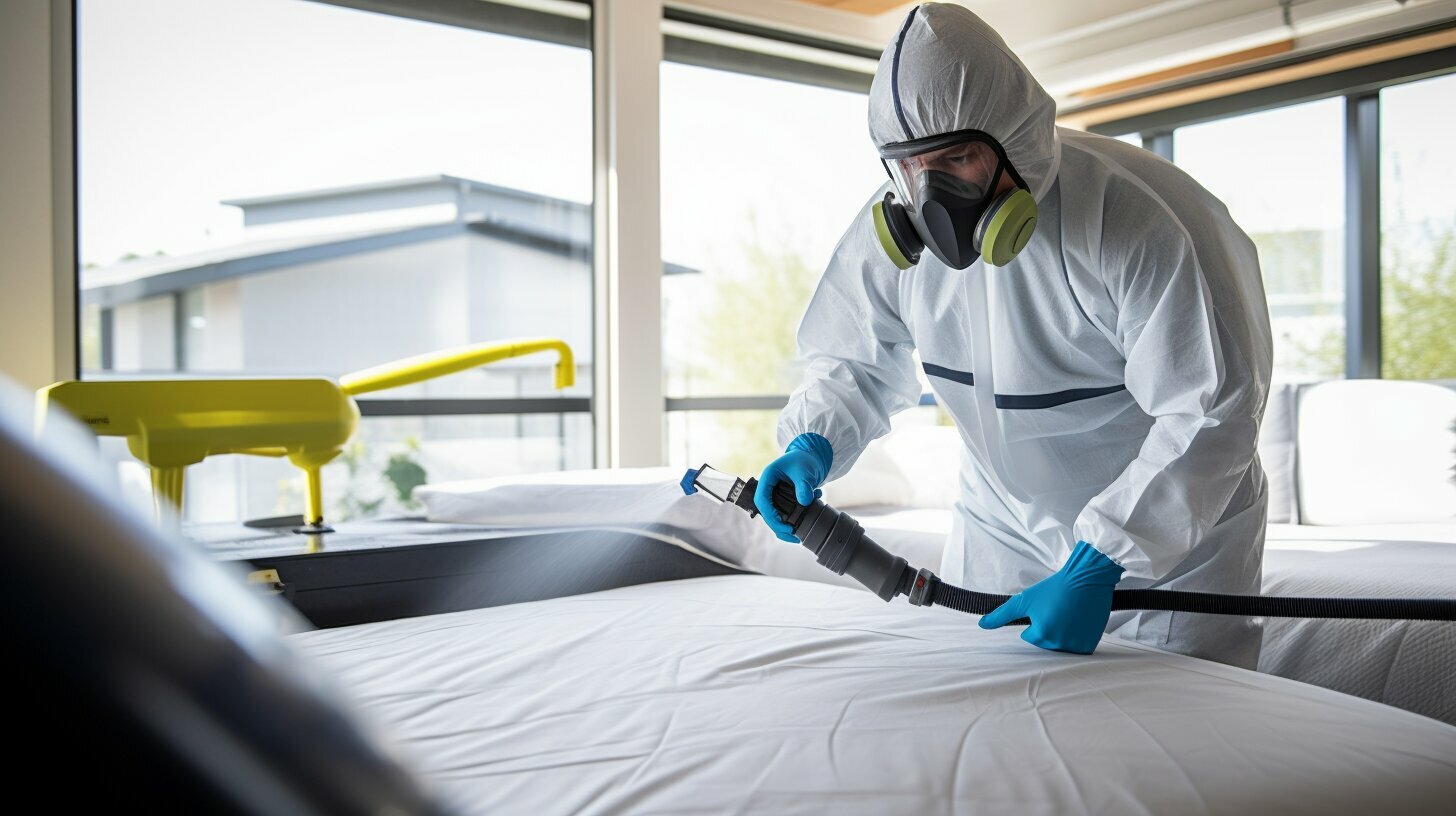
Step-by-Step Mattress Cleaning Routine
Follow these mattress hygiene cleaning tips to ensure a deep clean every six months:
- Strip the bed and wash bedding in hot water to kill dust mites.
- Vacuum the mattress using an upholstery attachment, focusing on seams and edges.
- Spot-clean stains using suitable solutions—hydrogen peroxide for non-biological and enzyme cleaners for biological ones.
- Let the mattress dry completely by increasing airflow in the room.
- Sprinkle baking soda across the surface, leave it for several hours, then vacuum it up.
- Flip the mattress and repeat the process for balanced wear.
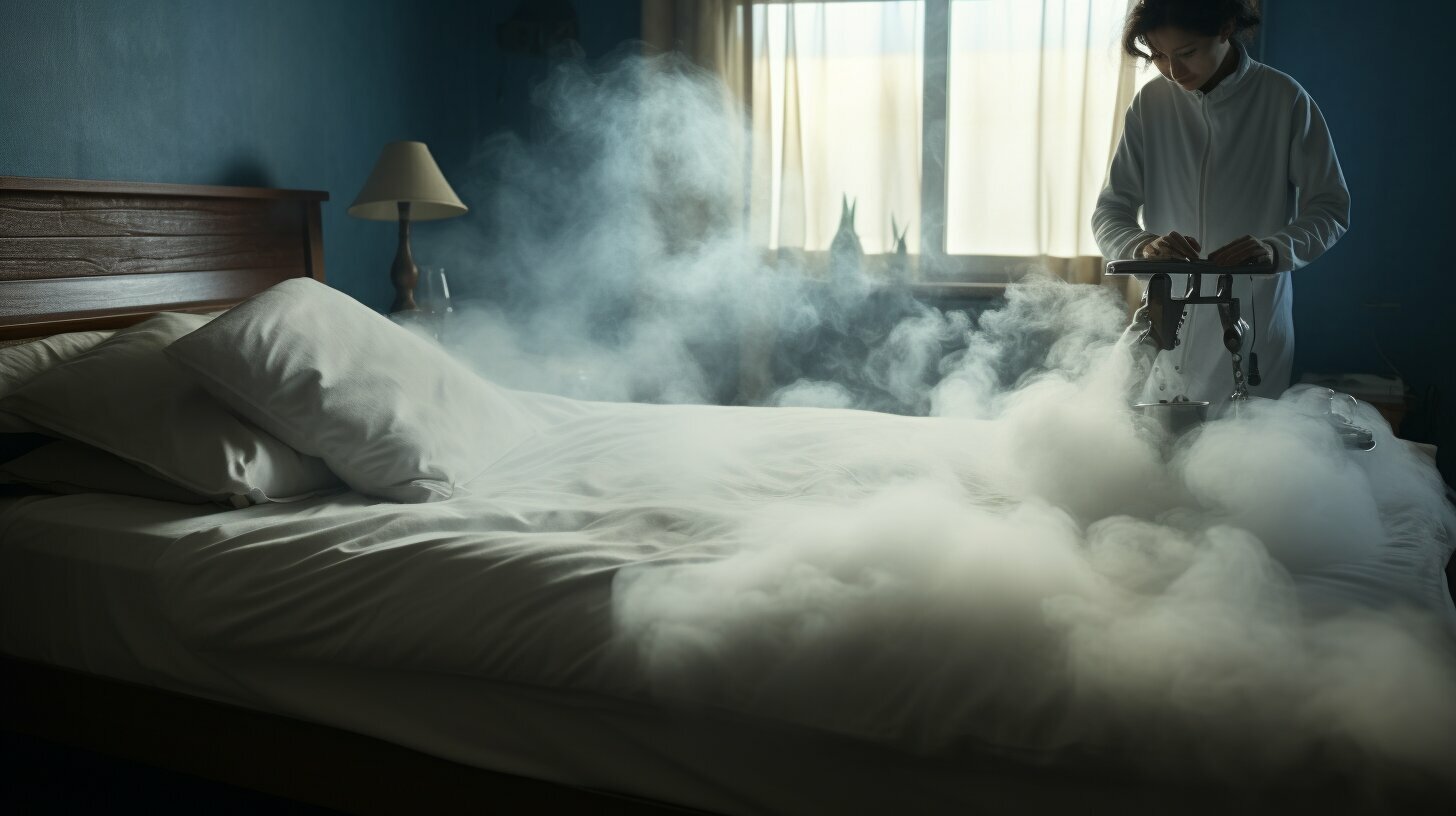
How to Spot-Clean Mattress Stains
Spot-cleaning is one of the most important mattress hygiene cleaning tips. For small stains:
- Blot the area gently, never rub
- Use dish soap and water for food and drink stains
- Apply an enzyme cleaner or mix of dish soap and water for urine and blood
- Dry thoroughly before putting sheets back on
For stain-specific guidance, check out our article on how to clean mattress stains.
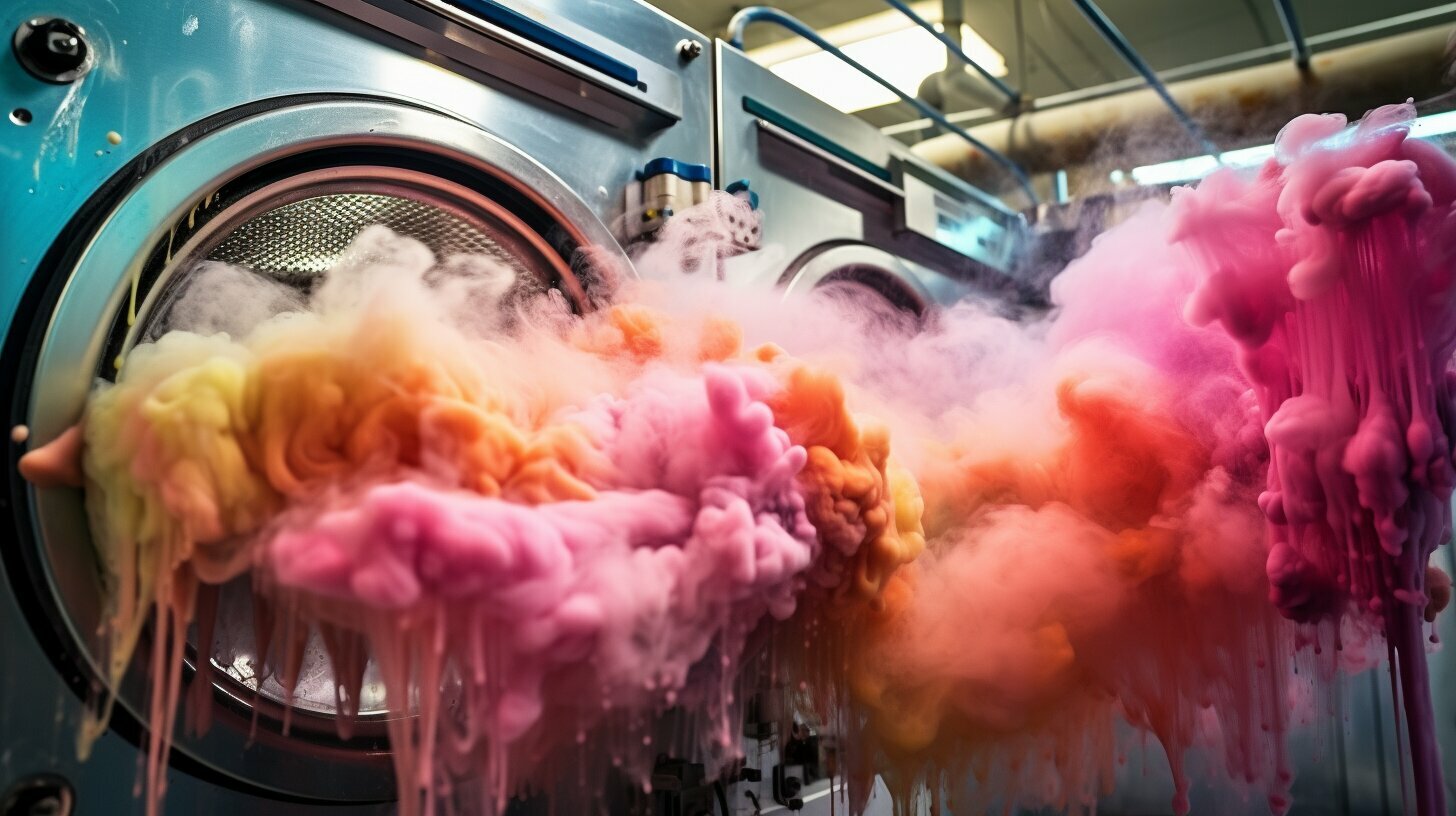
Deodorizing with Baking Soda
Baking soda is a superstar in mattress hygiene cleaning tips. It absorbs moisture and odors effectively. Sprinkle liberally and let it sit for at least four hours (overnight is best) before vacuuming thoroughly.
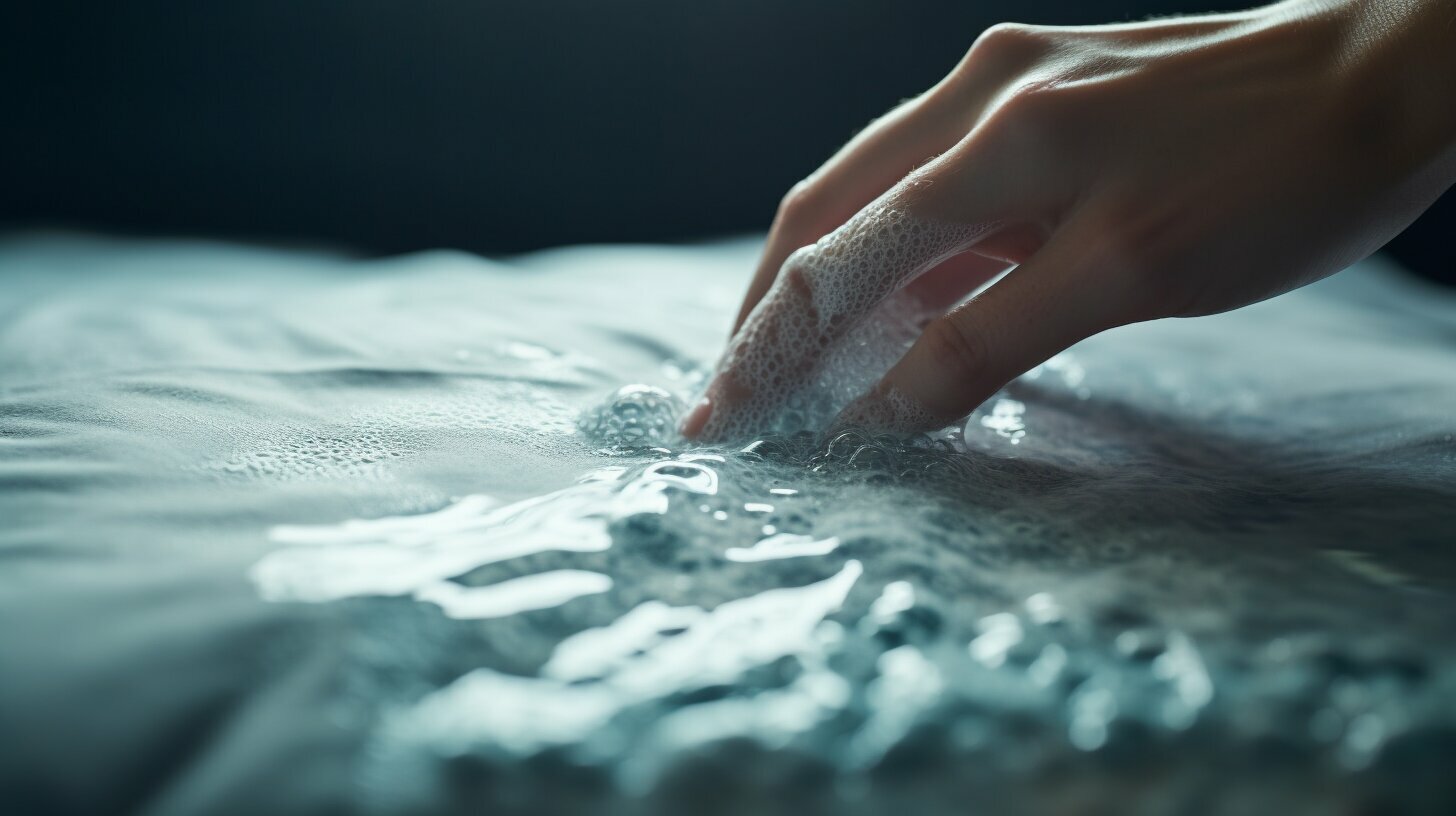
Mattress Protection Essentials
To reduce the frequency of deep cleans, use:
- A waterproof mattress protector to shield from spills
- A mattress pad for added comfort and protection
- A full encasement to block dust mites and bed bugs
Explore our top picks for the best mattress pads and protectors to keep your bed safe and clean.
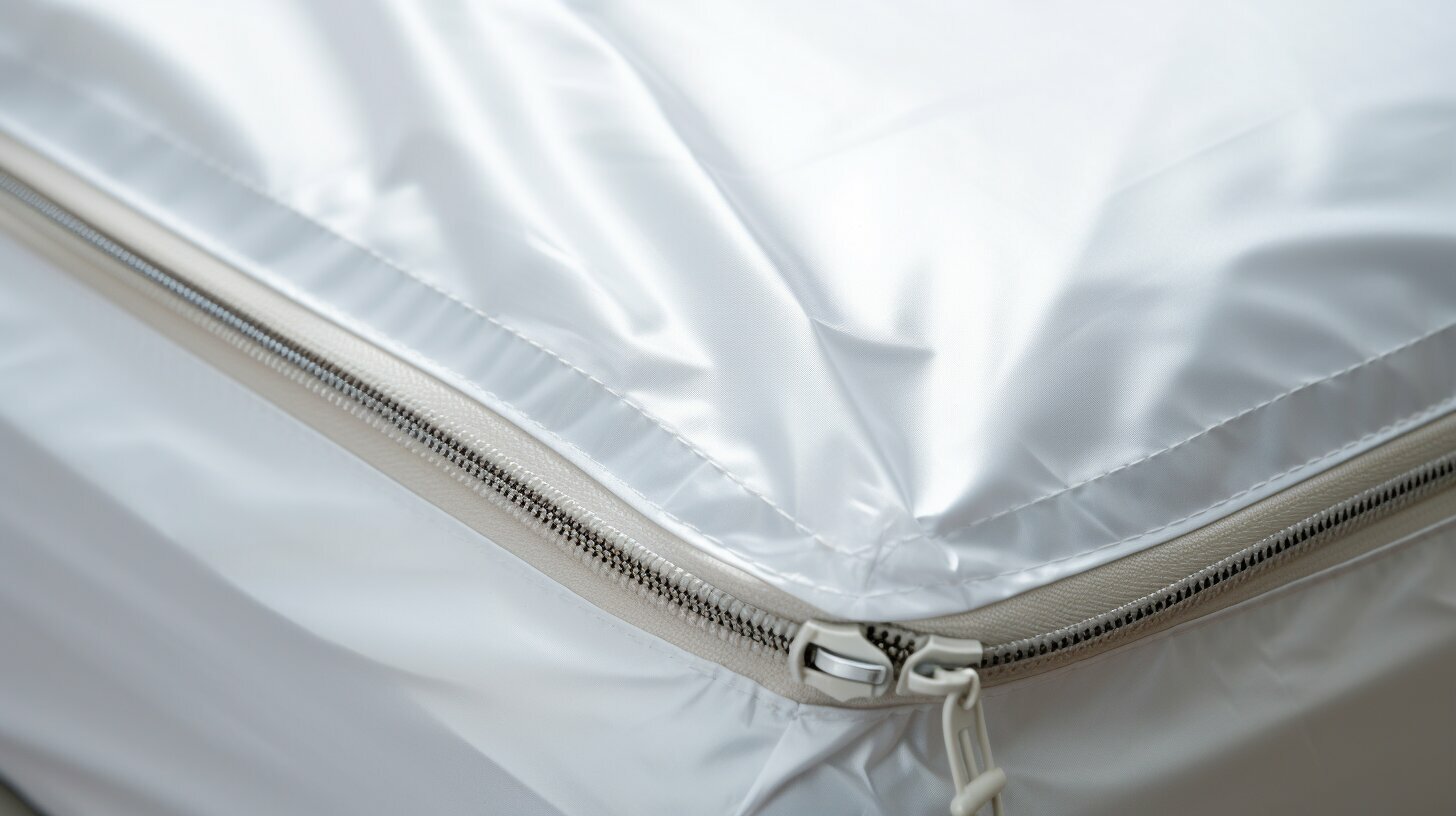
Incorporating these mattress hygiene cleaning tips ensures a cleaner sleep environment, reduces allergens, and maximizes mattress life for comfort night after night.
FAQ
- How often should I clean my mattress?
- Every 6 months for general cleaning, and immediately for any spills or stains.
- What is the best way to remove stains from a mattress?
- Use hydrogen peroxide for non-biological stains and enzyme cleaners for urine or blood stains.
- Can I steam clean my mattress?
- Yes, but use a steam cleaner with a fabric attachment and avoid soaking the mattress to prevent mold growth.
- How do I prevent dust mites in my mattress?
- Use a full encasement mattress cover, wash bedding in hot water weekly, and vacuum the mattress regularly.
- Is baking soda really effective for deodorizing?
- Yes, baking soda absorbs odors and moisture. Let it sit for several hours before vacuuming for best results.
- Do I need to clean a new mattress?
- It’s a good idea to air out a new mattress and vacuum it lightly to remove any manufacturing dust or odors.
Learn more in how to extend mattress life, or explore this cleaning guide on The Spruce, Real Simple’s expert tips, and Real Homes mattress cleaning advice.
